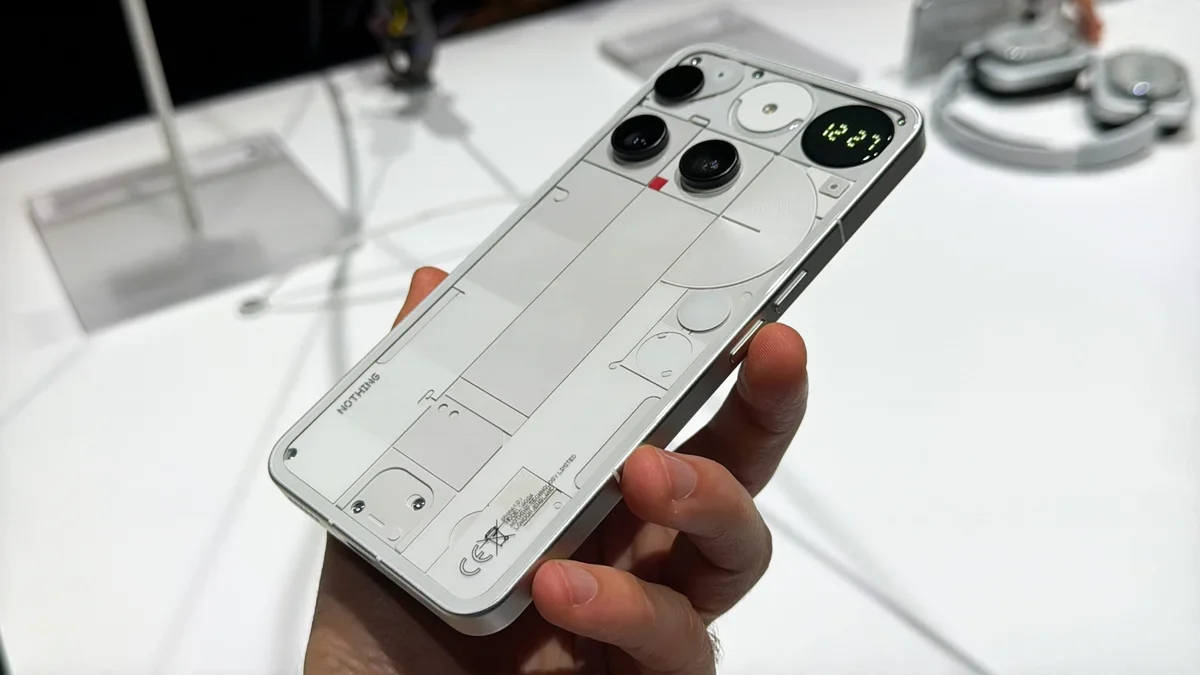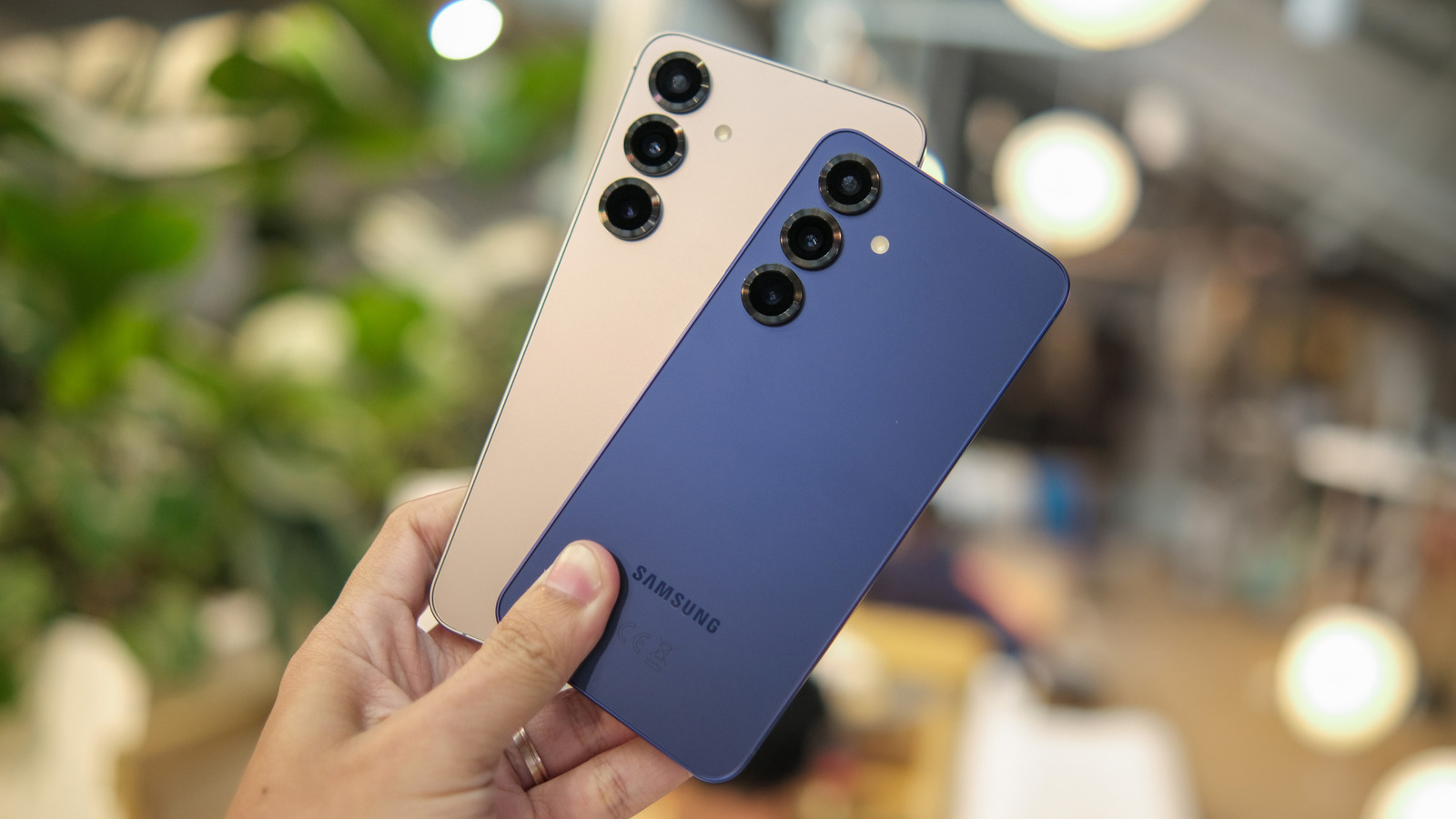If you were hoping for a fourth Phone (3) model, don’t feed your illusions any longer. All in all, we’re left with these handsets at our disposal:
- Nothing Phone (3)
- Nothing Phone (3a) Pro
- Nothing Phone (3a)
Carl Pei has made it clear that with the Phone (3)’s release, now the family is complete:
On one hand, that’s as logical as it gets. In the Phone (3) family, there’s a high-end device, the Nothing Phone (3), for those who don’t mind paying the premium $800 price (on par with the Galaxy S25 in terms of cost). Then, there’s the Phone (3a) duo for those on a budget or those who don’t need a flagship-grade performance. These two are extremely similar devices, with the Pro just having a better zoom camera, but I’ll get to detail in a moment.
Those who’ll deny its flagship label will inevitably point out that the Phone (3) doesn’t pack the top-shelf Snapdragon 8 Elite chipset, but instead, packs the Snapdragon 8s Gen 4. That’s a powerful chip, nearly as fast as the Snapdragon 8 Gen 3 (in my book, that’s pretty decent!)It’s not quite “best of the best”, sure – but it’s a massive leap over the Phone (2) and miles ahead of the midrange Phone (3a) duo.
The cameras finally feel flagship-worthy too: four 50MP sensors, including a big main lens, a periscope zoom with AI tricks, an ultrawide, and a selfie cam that shoots 4K. The rest of the hardware is solid. Ultra-thin bezels, a sharp and super-bright 6.67-inch AMOLED display, a beefy 5,150mAh battery (take that, Samsung!), and fast charging. On the software side, Nothing OS 3.5 on Android 15 keeps things smooth and stylish, with a promise of five years of updates – flagship territory.
The Nothing (3a) duo, on the other hand, consists of two oddly similar handsets – similar to the point of having to wonder why they share the same timeline.
In fact, were it not for the rear panel design, they’re almost impossible to tell apart. Both feature a 6.77-inch 120Hz AMOLED display, Snapdragon 7s Gen 3 chipset, 5,000mAh battery with 50W fast charging, and the signature transparent design with Glyph lighting and AI-driven Essential Key. The main differences? The Pro version adds a 50MP periscope zoom camera, a higher-res selfie camera, slightly more RAM and storage, and a circular camera island on the back. In essence, these two phones are nearly identical – one is just dressed up a little fancier.
Nothing is now clearly focused on the next installment of its handset(s) – what’s probably going to be called the Nothing Phone (4) series.
Fun fact of the day: if Nothing was a China-based company (and not a London-based one), it’s likely the brand would have skipped the number 4 entirely. In Chinese culture, the number 4 is considered unlucky because it sounds similar to the word for “death” in Mandarin and Cantonese. Many Chinese smartphone makers, like OnePlus and Vivo, have avoided the number in model names to sidestep bad luck and negative perception.










